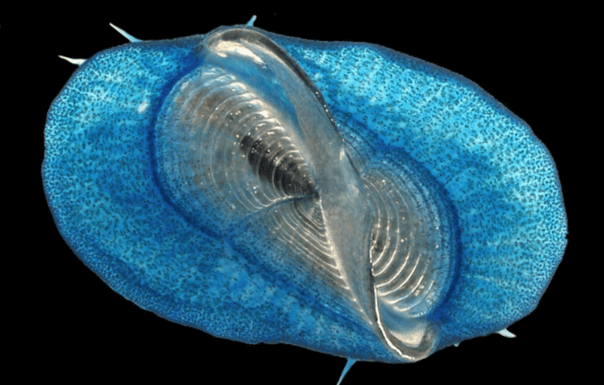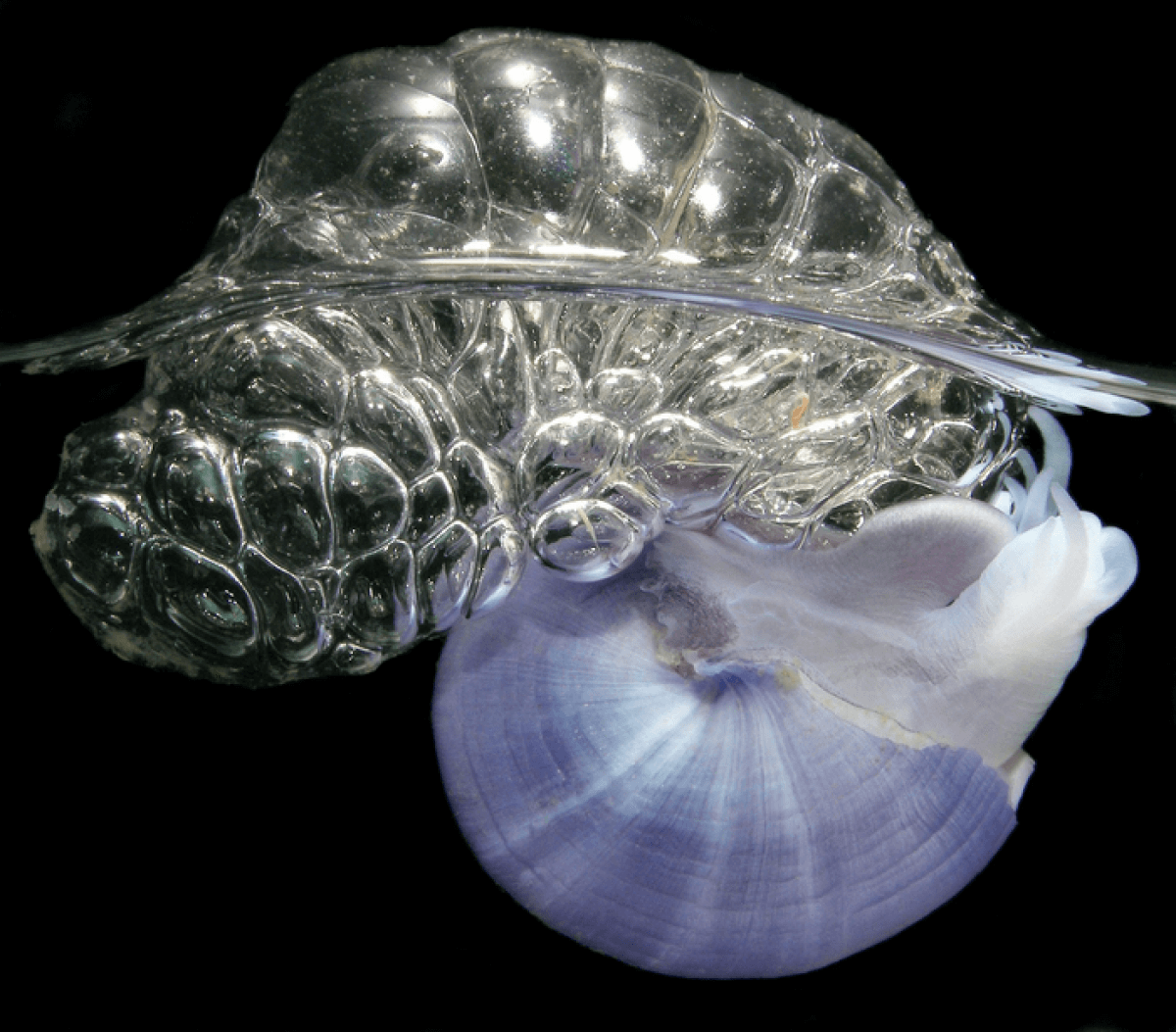 By Study Finds
By Study Finds
Plastic pollution has become an unfortunate fact of life all over the world — including in the oceans. While all that junk floating around can pose a serious threat to many animals, a new study finds some species may have actually turned it into an entirely new ecosystem!
The North Pacific “Garbage Patch” (NPGP) is a huge area in the ocean where a lot of plastic waste gets stuck. This happens because of swirling water currents that bring the trash together. However, it’s not just trash that gets caught up in this mess. Researchers from Georgetown University found that many sea creatures like jellyfish, snails, and barnacles also live there.
Scientists took a long 80-day swim in 2019 to learn more about these sea creatures. They asked a sailing crew to help them collect samples of the animals and plastic waste. Using computers, they planned the best route to find areas with lots of trash and sea life.
They discovered that there were more sea creatures inside the Garbage Patch than around its edges. The amount of plastic waste was also linked to the number of certain types of sea creatures like sea rafts, blue sea buttons, and violet sea snails.

Blue button jellies, known by their scientific name Porpita, float on the ocean’s surface using a round disc, and drift where the current takes them. CREDIT Denis Riek, The Global Ocean Surface Ecosystem Alliance (GO-SEA) Field Guide (CC-BY 4.0, https://creativecommons.org/licenses/by/4.0/)
The researchers think that the same water currents that bring the trash together might be important for these sea animals too. The currents help them find food and mates. However, human activities, like polluting the ocean with plastic, could hurt these ocean meeting spots and the animals that rely on them.
“The ‘garbage patch’ is more than just a garbage patch. It is an ecosystem, not because of the plastic, but in spite of it,” says Georgetown researchers Rebecca Helm in a media release.

The violet snails Janthina construct floating bubble rafts by dipping their body into the air and trapping one bubble at a time, which they then wrap in mucus and stick to their float. CREDIT: Denis Riek, The Global Ocean Surface Ecosystem Alliance (GO-SEA) Field Guide (CC-BY 4.0, https://creativecommons.org/licenses/by/4.0/)
“Large amounts of floating debris are transported to and concentrated in ‘garbage patches’ identified in all five main subtropical gyres, including the North Atlantic (the Sargasso Sea), South Atlantic, Indian Ocean, North Pacific and South Pacific,” the study authors report in the journal PLOS Biology.
“In the North Atlantic Sargasso Sea, the neustonic ecosystem is a feeding ground, a nursery ground and a habitat. Similar to the Sargasso Sea, our results suggest the central NPGP has high surface life densities relative to surrounding waters, yet much is still unknown about the ecology of these organisms. Studies on the foodwebs and life history of neustonic species will allow us to better understand their temporal cycles and connectivity.”
South West News Service writer Mark Waghorn contributed to this report.
Source: Study Finds
Study Finds sets out to find new research that speaks to mass audiences — without all the scientific jargon. Study Finds has been writing and publishing articles since 2016.
Top image caption/credit: Velella. These blue jellies, known as by-the-wind sailors, drift with the wind using a special living sail. CREDIT: Denis Riek, The Global Ocean Surface Ecosystem Alliance (GO-SEA) Field Guide (CC-BY 4.0, https://creativecommons.org/licenses/by/4.0/)
Become a Patron!
Or support us at SubscribeStar
Donate cryptocurrency HERE
Subscribe to Activist Post for truth, peace, and freedom news. Follow us on SoMee, Telegram, HIVE, Flote, Minds, MeWe, Twitter, Gab, What Really Happened and GETTR.
Provide, Protect and Profit from what’s coming! Get a free issue of Counter Markets today.

Be the first to comment on "Plastic Pollution May Be Creating a Whole New Ecosystem In The Ocean"